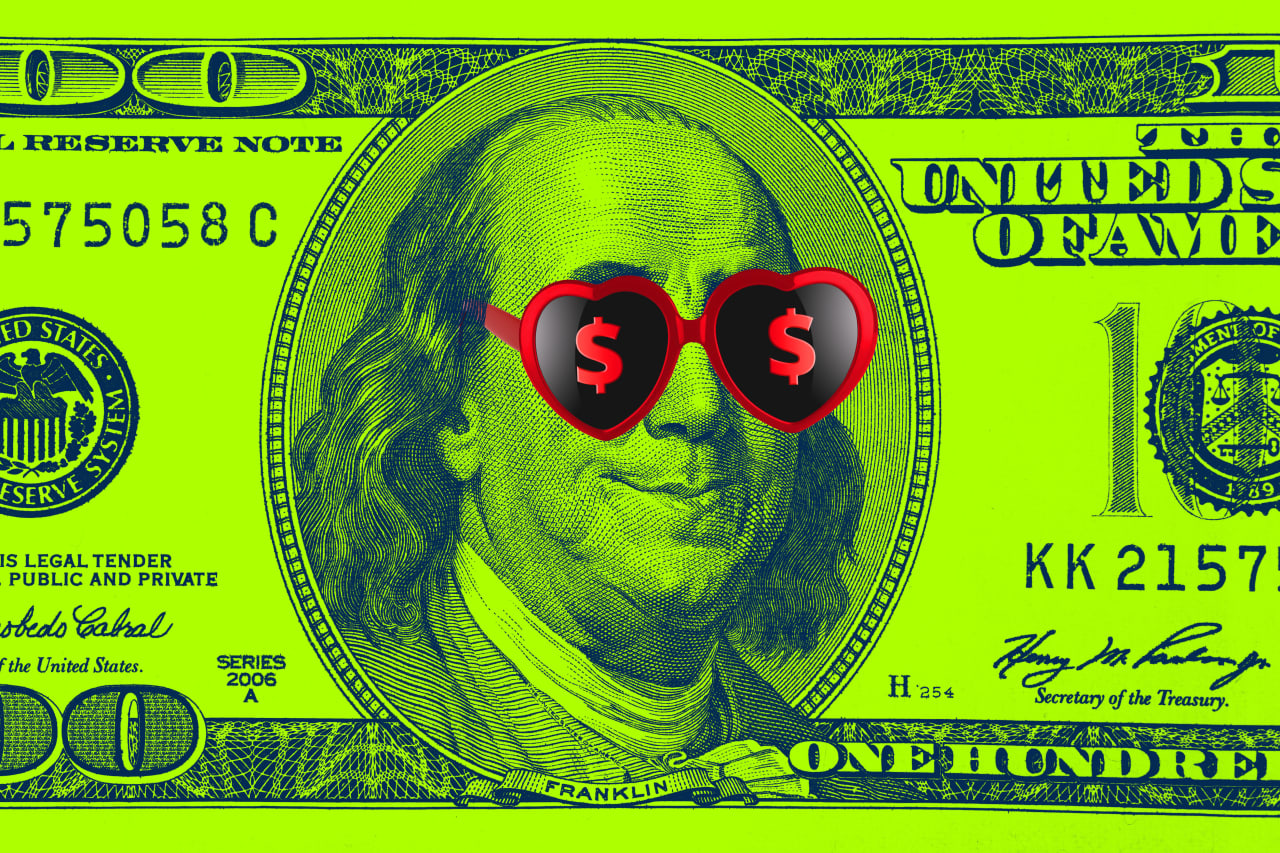Australian wages grow at fastest pace since 2009
One significant sector of workers is receiving the highest pay bumps
Wages grew at their fastest pace since 2009 at an annualised 4.2 percent in the December quarter, according to the Australian Bureau of Statistics (ABS). This is the first time that wages have grown faster than inflation since 2021. Newly implemented enterprise agreements for essential workers drove public sector wages growth to its highest quarterly rate in 15 years at 1.3 percent. Private sector wages growth came in at 0.9 percent, mainly due to annual salary reviews at companies.
Michelle Marquardt, ABS head of prices statistics, said: “In the December quarter 2023, 38 percent of public sector jobs saw a wage rise, considerably higher than the 29 percent from the same quarter in the previous year. The average hourly wage change for these jobs has lifted to 4.3 percent, higher than 2.8 percent at the same time last year and the highest recorded since September 2008.”
CBA economist Belinda Allen commented that rising unemployment was another factor contributing to higher wages growth in the public sector versus the private sector.
“This was the first time since Q1 10 that the public sector was stronger than the private sector in through-the-year growth,” Ms Allen said. “Jobs set by individual agreements are generally more tied to demand for labour. The loosening of the labour market seen in recent months is dampening wages growth pressure in individual agreements.”
The unemployment rate rose to its highest level in two years at 4.1 percent in January. It is up 0.5 percent in five months, which CBA says is a significant and somewhat concerning pace of change.
The ABS data showed that at an industry-wide level, quarterly wages growth in December was highest in education at 1.7 percent and lowest in accommodation and food at 0.3 percent. Annual wages growth was highest in health care and social assistance at 5.5 percent, which represents the greatest growth since the ABS introduced the Wage Price Index (WPI) data series in 1998. The lowest annual wages growth was in the finance and insurance services industry at 3.2 percent.
Federal Treasurer Jim Chalmers said workers were earning more under Labor, and from 1 July the amended Stage 3 tax cuts would allow them to keep more of that income.
“This is the first time since 2018 we’ve seen three consecutive quarters of real wages growth,” Dr Chalmers said. “Since the election, nominal wages have been growing at an annualised average of 4 percent, compared to 2.2 percent for our predecessors. This is a substantial turnaround in just 18 months.”
Ms Allen said CBA expects wages growth to moderate from here to 3.6 percent by year’s end.
“Near-term pressure will still occur from enterprise agreements, but a slowing economy, rising labour market spare capacity, and disinflation will gradually weigh on nominal wage increases.”
The ABS data was released on the same day as a report from economic research firm e61 Institute that found restrictions on job mobility, such as the rising use of non-compete clauses in individual contracts, have contributed to a 15-year slowdown in wages growth and productivity. According to e61, switching jobs results in an average 9 percent higher pay rise for workers, but today more than one-fifth of the workforce is restricted by non-compete and no-poach of co-workers agreements.
Such clauses are more common in knowledge industries and “many firms are deploying restraint clauses indiscriminately, potentially adversely affecting low wage workers who lack bargaining power,” said e61. The Federal Government established a Competition Taskforce Advisory Panel in August to investigate ways to increase productivity and wages growth, with non-compete clauses that stop workers from shifting to better-paying jobs one of the first issues to be considered.
This stylish family home combines a classic palette and finishes with a flexible floorplan
Just 55 minutes from Sydney, make this your creative getaway located in the majestic Hawkesbury region.
More than one fifth of Australians are cutting back on the number of people they socialise with
Australian social circles are shrinking as more people look for ways to keep a lid on spending, a new survey has found.
New research from Finder found more than one fifth of respondents had dropped a friend or reduced their social circle because they were unable to afford the same levels of social activity. The survey questioned 1,041 people about how increasing concerns about affordability were affecting their social lives. The results showed 6 percent had cut ties with a friend, 16 percent were going out with fewer people and 26 percent were going to fewer events.
Expensive events such as hens’ parties and weddings were among the activities people were looking to avoid, indicating younger people were those most feeling the brunt of cost of living pressures. According to Canstar, the average cost of a wedding in NSW was between $37,108 to $41,245 and marginally lower in Victoria at $36, 358 to $37,430.
But not all age groups are curbing their social circle. While the survey found that 10 percent of Gen Z respondents had cut off a friend, only 2 percent of Baby Boomers had done similar.
Money expert at Finder, Rebecca Pike, said many had no choice but to prioritise necessities like bills over discretionary activities.
“Unfortunately, for some, social activities have become a luxury they can no longer afford,” she said.
This stylish family home combines a classic palette and finishes with a flexible floorplan
Just 55 minutes from Sydney, make this your creative getaway located in the majestic Hawkesbury region.


















